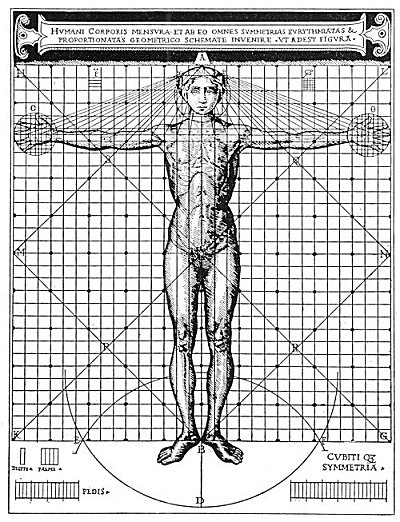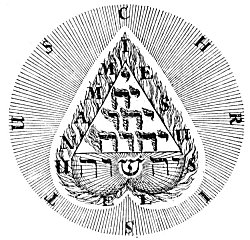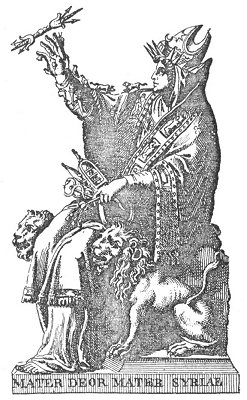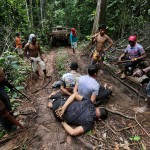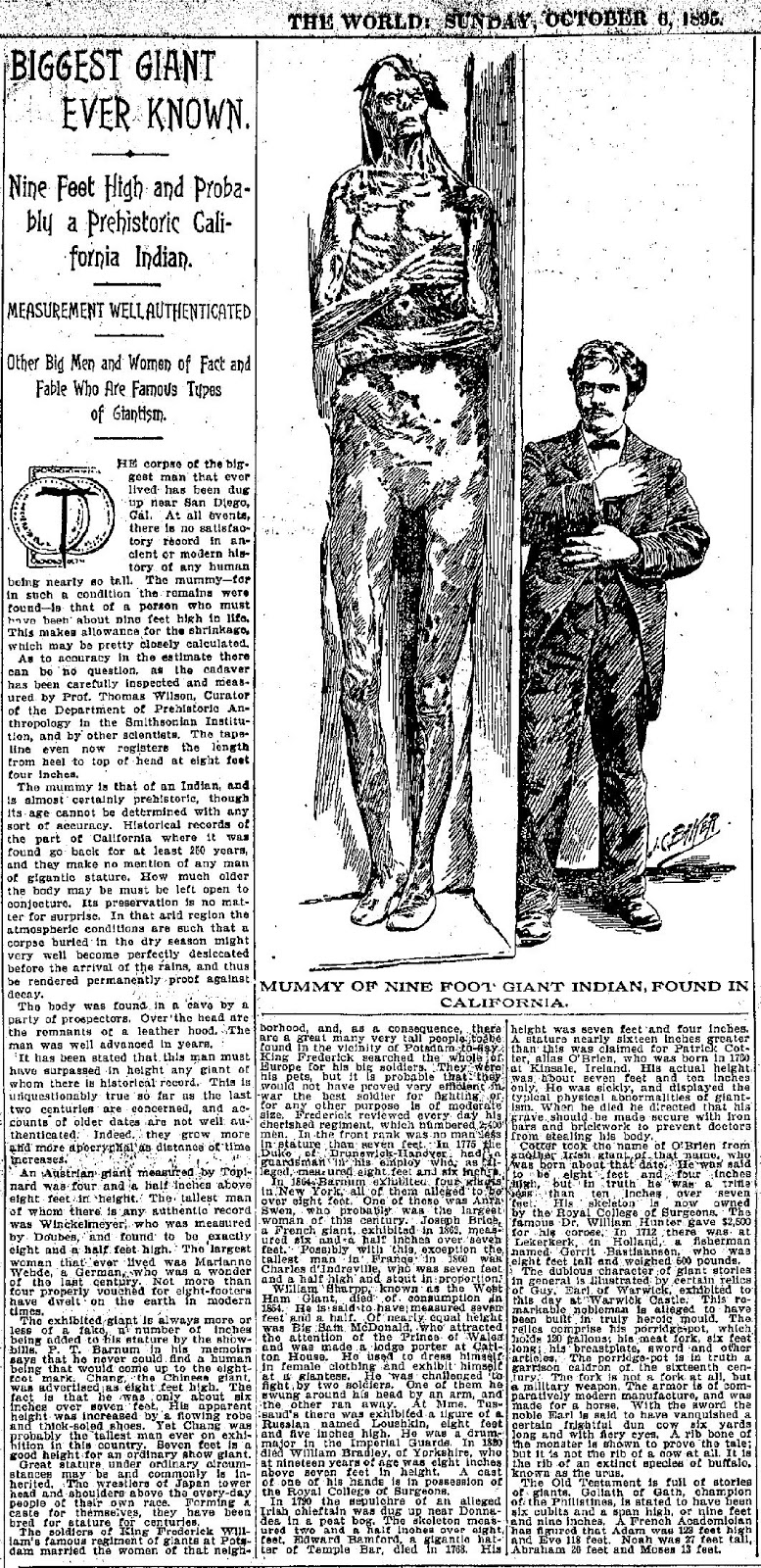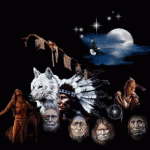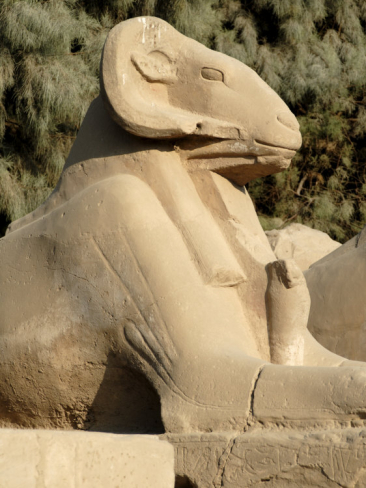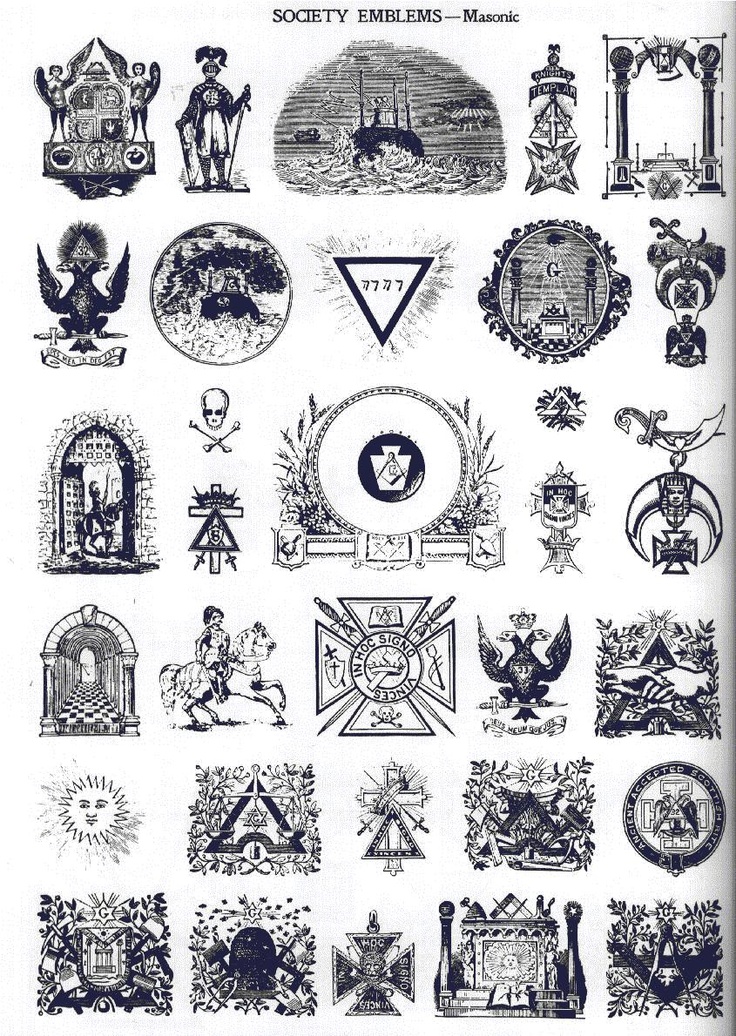Later, Hunahpu was restored to life by magic, and the two brothers, having thus foiled every attempt against their lives by the Xibalbians, in order to better avenge the murder of Hunhun-ahpu and Vukub-hunhun-ahpu, permitted themselves to be burned upon a funeral pyre. Their powdered bones were then cast into a river and immediately became two great man-fishes. Later taking upon themselves the forms of aged wanderers, they danced for the Xibalbians and wrought strange miracles. Thus one would cut the other to pieces and with a single word resurrect him, or they would burn houses by magic and then instantly rebuild them. The fame of the two dancers–who were in reality Hunahpu and Xbalanque–finally came to the notice of the twelve princes of Xibalba, who thereupon desired these two miracle-workers to perform their strange fears before them. After Hunahpu and Xbalanque had slain the dog of the princes and restored it to life, had burned the royal palace and instantly rebuilt it, and given other demonstrations of their magical powers, the monarch of the Xibalbians asked the magicians to destroy him and restore him also to life. So Hunahpu and Xbalanque slew the princes of Xibalba but did not return them to life, thereby avenging the murder of Hunhun-ahpu and Vukub-hunhun-ahpu. These heroes later ascended to heaven, where they became the celestial lights.
KEYS TO THE MYSTERIES OF XIBALBA
“Do not these initiations,” writes Le Plongeon, “vividly recall to mind what Henoch said he saw in his visions? That blazing house of crystal, burning hot and icy cold–that place where were the bow of fire, the quiver of arrows, the sword of fire–that other where he had to cross the babbling stream, and the river of fire-and those extremities of the Earth full of all kinds of huge beasts and birds–or the habitation where appeared one of great glory sitting upon the orb of the sun–and, lastly, does not the tamarind tree in the midst of the earth, that he was cold was the Tree of Knowledge, find its simile in the calabash tree, in the middle of the road where those of Xibalba placed the head of Hunhun Ahpu, after sacrificing him for having failed to support the first trial of the initiation? * * * These were the awful ordeals that the candidates for initiation into the sacred mysteries had to pass through in Xibalba. Do they not seem an exact counterpart of what happened in a milder form at the initiation into the Eleusinian mysteries? and also the greater mysteries of Egypt, from which these were copied? Does not the recital of what the candidates to the mysteries in Xibalba were required to know, before being admitted, * * * recall to mind the wonderful similar feats said to be performed by the Mahatmas, the Brothers in India, and of several of the passages of the book of Daniel, who had been initiated to the mysteries of the Chaldeans or Magi which, according to Eubulus, were divided into three classes or genera, the highest being the most learned?” (See Sacred Mysteries among the Mayas and the Quiches.)
In his introductory notes to the Popol Vuh, Dr. Guthrie presents a number of important parallelisms between this sacred book of the Quichés and the sacred writings of other great civilizations. In the tests through which Hunahpu and Xbalanque are forced to pass he finds the following analogy with the signs of the zodiac as employed in the Mysteries of the Egyptians, Chaldeans, and Greeks:
“Aries, crossing the river of mud. Taurus, crossing the river of blood. Gemini, detecting the two dummy kings. Cancer, the House of Darkness. Leo, the House of Spears. Virgo, the House of Cold (the usual trip to Hell). Libra, the House of Tigers (feline poise). Scorpio, the House of Fire. Sagittarius, the House of Bats, where the God Camazotz decapitates one of the heroes. Capricorn, the burning on the scaffold (the dual Phœnix). Aquarius, their ashes being scattered in a river. Pisces, their ashes turning into man-fishes, and later back into human form.”
It would seem more appropriate to assign the river of blood to Aries and that of mud to Taurus, and it is not at all improbable that in the ancient form of the legend the order of the rivers was reversed. Dr. Guthrie’s most astonishing conclusion is his effort to identify Xibalba with the ancient continent of Atlantis. He sees in the twelve princes of Xibalba the rulers of the Atlantean empire, and in the destruction of these princes by the magic of Hunahpu and Xbalanque an allegorical depiction of the tragic end of Atlantis. To the initiated, however, it is evident that Atlantis is simply a symbolic figure in which is set forth the mystery of origins.

Moe is the founder of GnosticWarrior.com. He is a father, husband, author, martial arts black belt, and an expert in Gnosticism, the occult, and esotericism.

